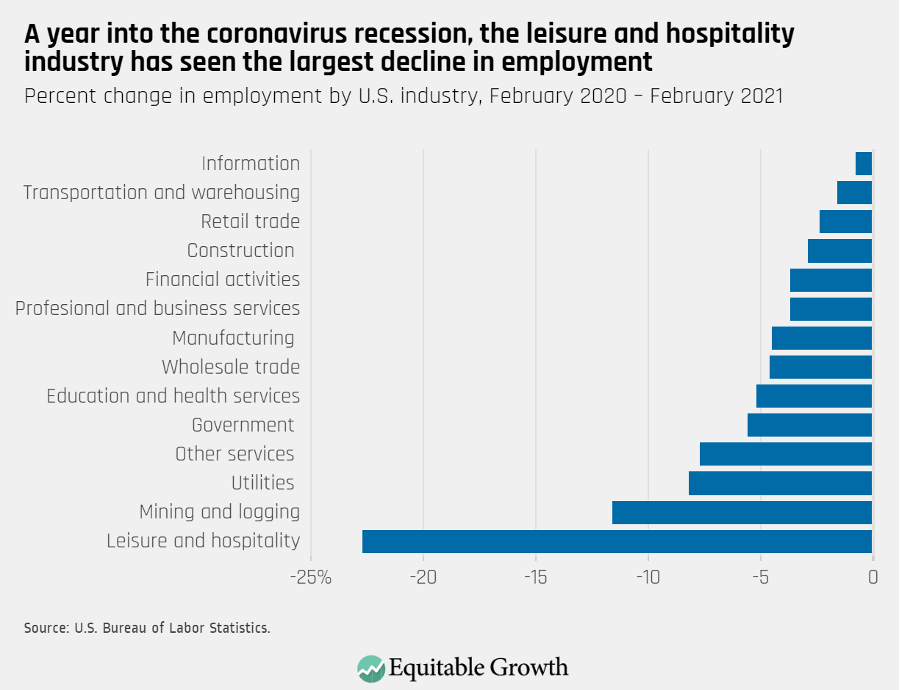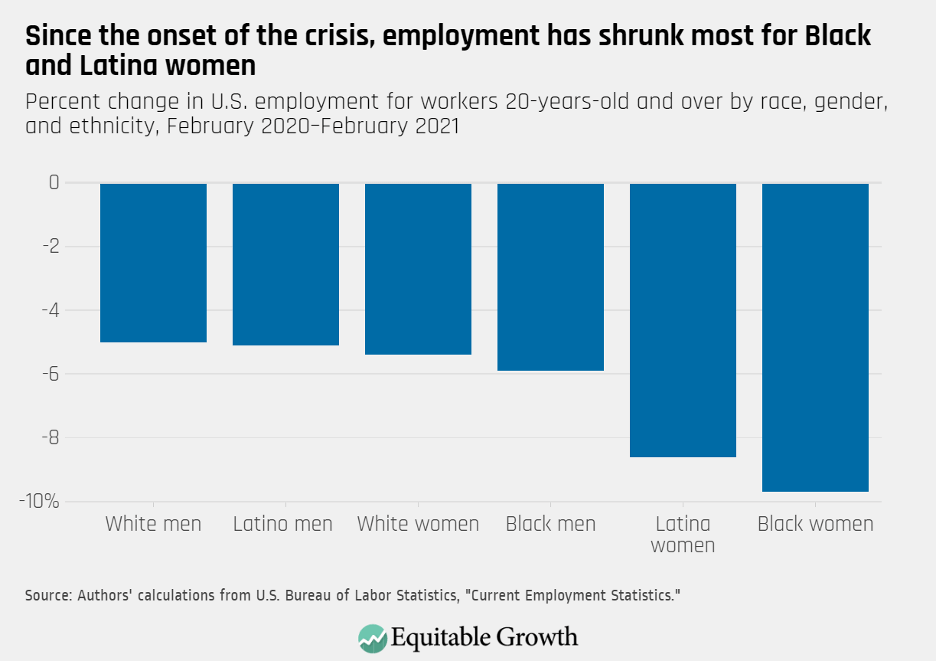https://www.epi.org/blog/the-15-minimum-wage-is-too-expensive-for-peoria-argument-doesnt-hold-water-five-reasons-why/
The one argument made often in the debate over raising the minimum wage to $15 an hour nationwide by 2024, is that you can't expect to pay the same wages in Chicago as you do in Peoria.
Such an increase, critics contend, will bankrupt small businesses, will impact payroll decisions for corporations with operations nationally, will raise wages beyond what folks outside of big cities need to make ends meet—and will ultimately hurt local economies.
Turns out, these arguments are bogus.
Here are five reasons why:
1. $15 anywhere in this country makes cost-of-living sense.
Today, in all areas across the United States, a single adult without children needs at least $31,200—what a full-time worker making $15 an hour earns annually—to achieve a modest but adequate standard of living. By 2025, workers in these areas and those with children will need even more, according to projections based on the Economic Policy Institute's Family Budget Calculator.
For example, in rural Missouri, a single adult without children will need $39,800 (more than $19 per hour for a full-time worker) by 2025 to cover typical rent, food, transportation, and other basic living costs.
In larger metro areas of the South and Southwest—where the majority of the Southern population live—a single adult without children will also need more than $15 an hour by 2025 to get by: $20.03 in Fort Worth, $21.12 in Phoenix, and $20.95 in Miami.
In more expensive regions of the country, a single adult without children will need far more than $15 an hour by 2025 to cover the basics: $28.70 in New York City, $24.06 in Los Angeles, and $23.94 in Washington, D.C.
2. Expensive cities are already at $15 an hour or higher.
Since the Fight for $15 was launched by striking fast-food workers in 2012, nine states (California, Connecticut, Florida, Illinois, Maryland, Massachusetts, New Jersey, New York, Virginia) and the District of Columbia—together representing approximately 40% of the U.S. workforce—have approved raising their minimum wages to $15 an hour.
Additional states—including Washington, Oregon, Colorado, Arizona, New Mexico, Vermont, Missouri, Michigan, and Maine—have approved minimum wages ranging from $12 to $14.75 an hour.
3. Many business owners and corporate executives are realizing the value of a $15 minimum wage.
In states that have already approved $15 minimum wages, business organizations representing thousands of small businesses have endorsed a $15 minimum wage.
Business groups that have endorsed a $15 minimum wage include Business for a Fair Minimum Wage, the American Sustainable Business Council, the Patriotic Millionaires, the Greater New York Chamber of Commerce, the Long Island African American Chamber of Commerce, and others.
Growing numbers of employers have responded to pressure from workers and raised their starting pay scales to $15 or higher. These include retail giants Amazon, Whole Foods (owned by Amazon), Target, Walmart, Wayfair, Costco, Hobby Lobby, and Best Buy; employers in the food service and producing industries, such as Chobani, Starbucks, Sanderson Farms (Mississippi), and the Atlanta-area locations of Lidl grocery stores; health care employers, including Michigan's Henry Ford Health System and Trinity Health System, Ohio's Akron Children's Hospital and Cincinnati Children's Hospital Medical Center, Iowa's Mercy Medical Center and MercyCare Community Physicians, Missouri's North Kansas City Hospital and Meritas Health, and Maryland's LifeBridge Health; insurers and banks such as Amalgamated Bank, Allstate, Wells Fargo, and Franklin Savings Bank in New Hampshire; and tech and communications leaders such as Facebook and Charter Communications.
4. Workers making a higher minimum wage are less likely to be dependent on public assistance, reducing the burden on cash-strapped state and local governments.
In states without laws to raise the minimum wage to $15, nearly half (47%, or 10.5 million) of families of workers who would benefit from the Act rely on public supports programs in part because they do not earn enough at work.
These workers and their families account for nearly one-third of total enrollment in one or more public supports programs.
In states without a $15 minimum wage law, public supports programs for underpaid workers and their families make up 42% of total spending on Medicaid and CHIP (the Children's Health Insurance Program), cash assistance (Temporary Assistance for Needy Families, or TANF), food stamps (Supplemental Nutrition Assistance Program, or SNAP), and the earned income tax credit (EITC), and cost federal and state taxpayers more than $107 billion a year.
5. When low-wage workers get a raise, they're more likely than higher-wage workers to spend every extra dollar they earn on basic necessities—putting that money right back into the economy.
From a general macroeconomic perspective, raising the minimum wage in a period of depressed consumer demand is smart policy (though it is worth keeping in mind that the minimum wage wouldn't go to $15 immediately under the Raise the Wage Act, it would be phase in in five gradual steps, reaching $15 in 2025).
Minimum wage hikes put extra dollars in the pockets of people who are highly likely to spend every additional cent they receive, often just to make ends meet. Workers who benefit from an increased minimum wage disproportionately come from low-income households that spend a larger share of their income than business owners, corporate shareholders, and higher-income households, who are likely to save at least some portion of the dollars that finance a minimum wage hike. As a result, raising the minimum wage boosts overall consumer demand, with research showing that past raises have spurred greater household buying, notably on dining out and automobiles.
(Related post: Why the U.S. needs a $15 minimum wage: How the Raise the Wage Act would benefit U.S. workers and their families.)
Enjoyed this post?
Sign up for EPI's newsletter so you never miss our research and insights on ways to make the economy work better for everyone.
-- via my feedly newsfeed





